09/20/2022 | Conductivity | 8 MINUTE READ
The Importance of Toroidal Conductivity in Chemical Separation

Conductivity is a highly important measurement for the quality of water that identifies how well water is able to pass an electrical current. Since inorganic chemicals and dissolved salts are able to conduct an electrical current, the conductivity of water will rise when salinity increases. Keep in mind, however, that organic compounds don’t properly conduct an electrical current, which means that conductivity readings aren’t 100% effective when determining how contaminated water is.
When looking specifically at inorganic chemicals, water conductivity measurements can be highly beneficial for anyone who’s attempting to separate chemicals and impurities from drinking water. Water conductivity measurements can be highly beneficial for anyone who’s attempting to separate chemicals and impurities from industrial wastewater. With this baseline in hand, you can determine if your chemical separation methods are producing the intended results.

If there are substantial changes to the conductivity of the water, this indicates that the inorganic chemicals have been properly removed, which makes it likely that the water is potable. However, the most important parameter in chemical separators involves the interface between two phases. It’s possible to use conductivity sensors to measure the interface level since the two separate phases typically differ substantially in how conductive they are.
For instance, the aqueous phase is known to have high conductivity. On the other hand, the non-aqueous phase has low conductivity. By placing a conductivity sensor along the side of a separator, it becomes possible to identify which phase is located at that specific area within the separator. The following takes an in-depth look at toroidal conductivity sensors and their importance with chemical separation.
What is a Torodial Conductivity Sensor?
There are a couple of different types of conductivity sensors that you can select from, which include contacting conductivity sensors and toroidal conductivity sensors. The type of sensor you choose large depends on the composition of the liquid you need to analyze as well as the reason for the measurement.
Toroidal sensors are also known as non-contacting sensors since electrodes don’t come into contact with the solution. Instead, a toroidal sensor is comprised of a plastic body and two toroids. The initial toroid is the “drive” coil for the device, which involves the application of alternating voltages.
When this process occurs, a voltage is induced in the liquid surrounding the toroid, which results in the ionic current flowing proportionally to the amount of conductivity in the liquid itself. As for the second coil, this is the “receive” coil, which is designed to transfer the current to an electric current, during which the transmitter will measure the current’s conductivity.
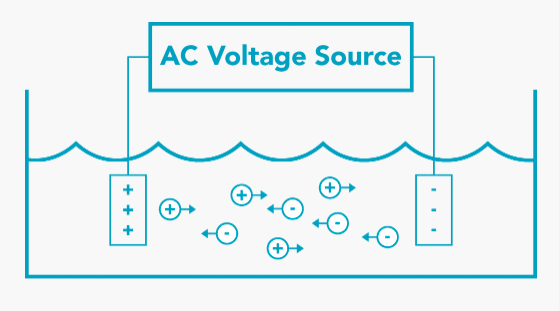
Why use a Toroidal Conductivity Probe?
There are four primary reasons why it’s a good idea to use a standard toroidal conductivity sensor when performing chemical separation from water, which include the measuring range, buildup, concentration, and corrosion of the sensor in question.
Wide Measuring Range
Toroidal sensors come with a measuring range that extends from 0-2,000 mS/cm. Because of how extensive this range is, toroidal sensors can be used for a wide range of different applications, which include everything from highly polluted media to drinking water. Toroidal sensors may not be the best option if you need to have high accuracy and resolution in a high-purity water application.
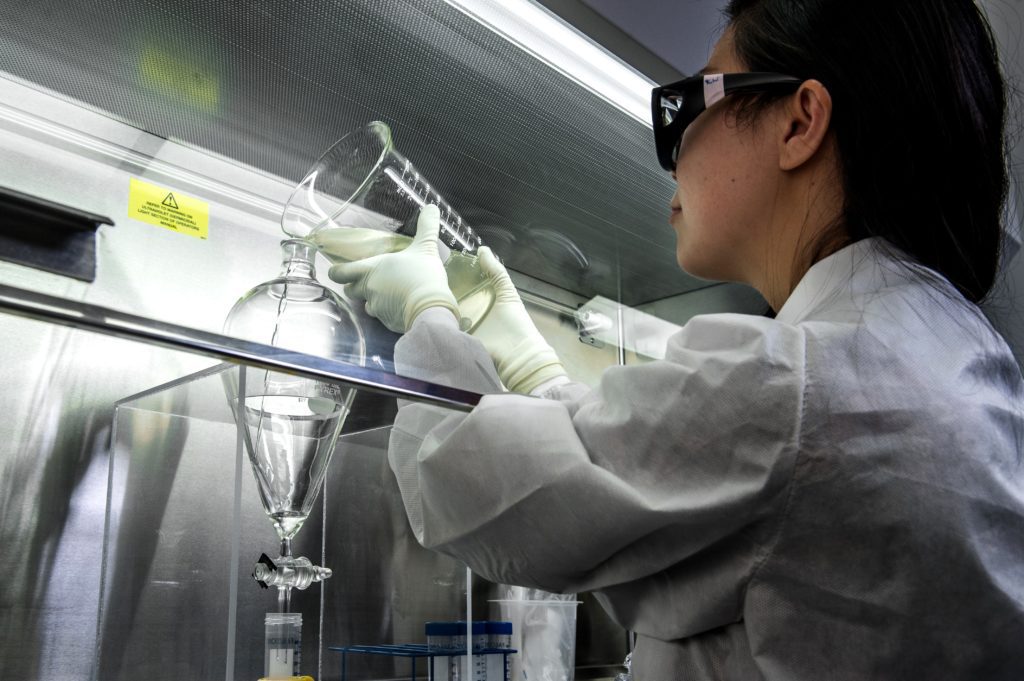
Corrosion Resistant
Toroidal sensors consist of plastic components that are highly resistant to corrosion. The types of materials that can be used in the making of a toroidal sensor include polypropylene and PFA plastics. Regardless of which corrosion-resistant material is used, you can be confident that the sensor won’t start to corrode after being positioned in a contaminated solution for a lengthy period of time. These sensors are also effective when used in hygienic applications because of their overall durability.
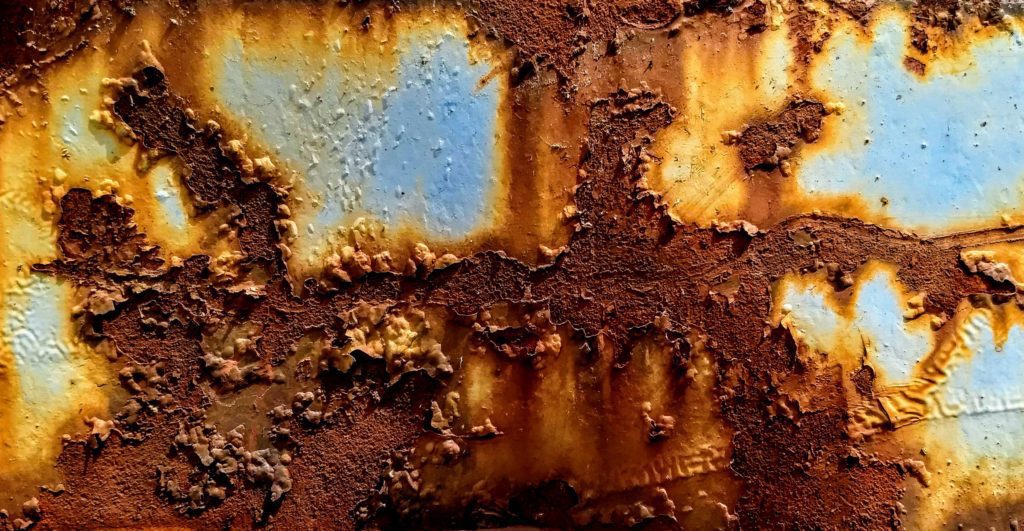
Buildup Resistant
Toroidal sensors have a “doughnut” design as well as a clean plastic finish, which makes them highly effective when paired with oily, scaling, or highly polluted solutions. High amounts of buildup need to take place before the measurement with a toroidal sensor is adversely affected. Because of the design for toroidal conductivity sensors, they are far more effective at measuring slurries when compared to contacting sensors.
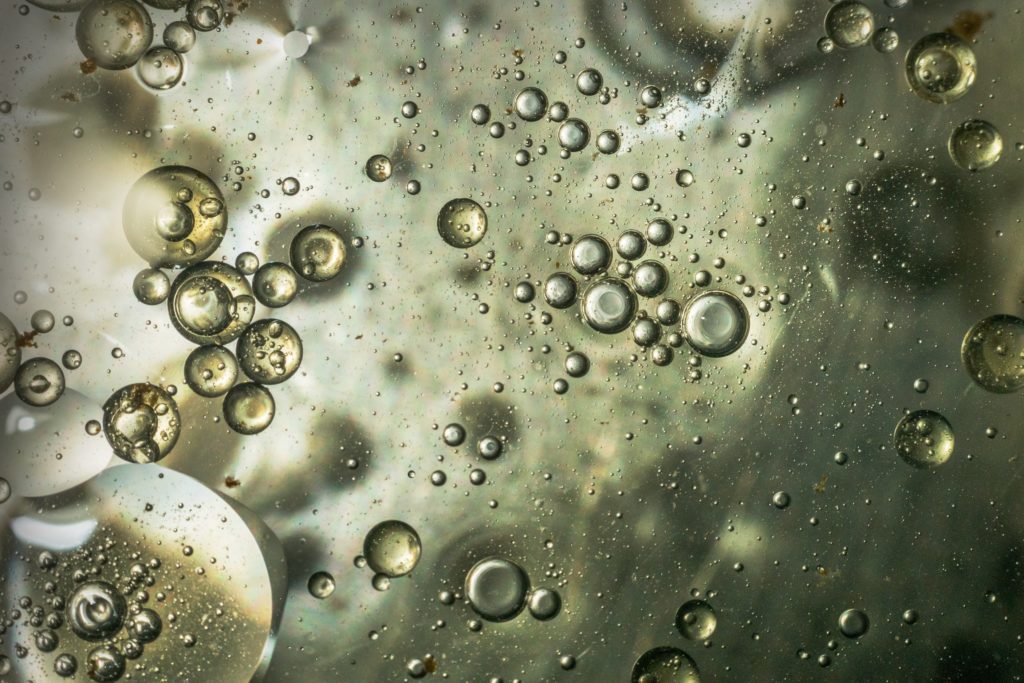
Acid/Base Concentration Measurement
The majority of conductivity transmitters are able to obtain a conductivity value directly from a toroidal conductivity sensor to provide accurate concentration measurements. Since these sensors have a corrosion-resistant build and a vast measurement range, they are regularly used to measure spent caustic concentration for cleaning systems. They can also be used to identify the acid concentration in a pickling line.
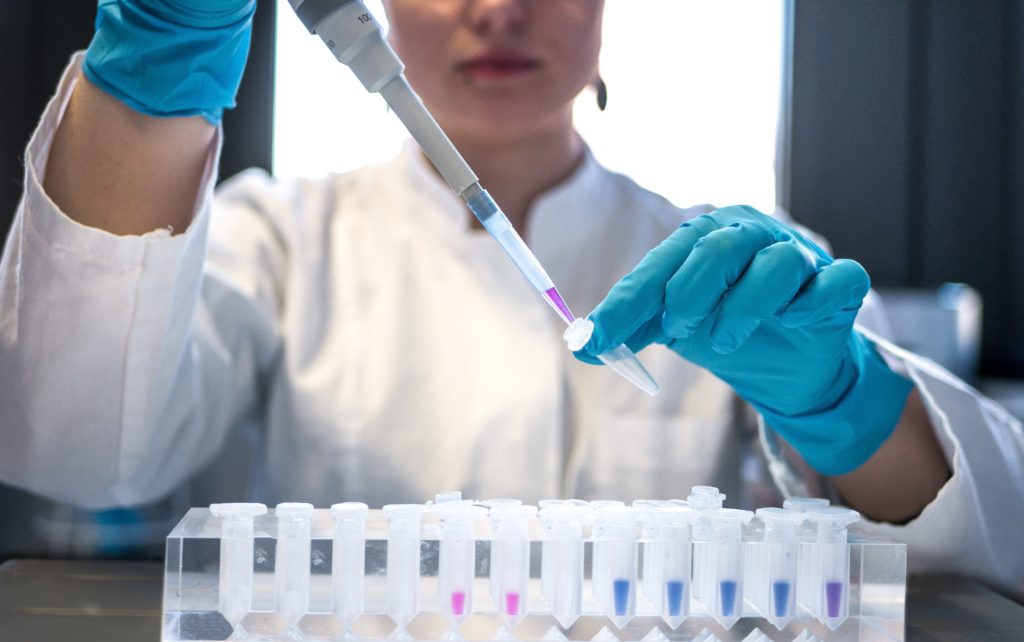
What is Chemical Separation in Water Treatment?
Chemical separation is a common process used for water that involves separating the water from an immiscible liquid, which is essentially a non-aqueous or organic phase. When a liquid solution of any kind is added to a chemical separator, the mixture will separate into two or three phases because of the inability of these substances to be properly blended together. It’s this process that allows industrial or municipal plants to effectively remove inorganic chemicals from water to ensure that it’s safe to drink.
When the chemical separation process occurs, one of the phases will rise up to the very top of the device. The other phase drops to the bottom. In most cases, the phase the reaches the bottom of the device is the aqueous phase. Keep in mind, however, that any sediment within the water will drop below the aqueous phase. Once the phases have been fully separated, they are removed or pumped out from the device. When looking specifically at water treatment, chemical separation is beneficial when attempting to get rid of contaminants and make sure that the water’s conductivity levels are low enough to indicate very low concentrations of contaminants.

The Different Types of Water Oil Separator Systems
As touched upon previously, water treatment facilities can use chemical separators to effectively separate chemicals from contaminated water, which helps to clean the water and make it safe to drink. When used correctly, a chemical separator allows plant operators to position chemicals and non-aqueous solutions away from the aqueous portion of the solution, which results in clean and less contaminated water.
Conventional Gravity Separators (API)
Conventional gravity separators are designed to use gravity to separate certain contaminants from water, the primary of which is oil. The reason that these separators are popular is because chemicals like oil are lighter and less dense than water, which results in the water being pushed to the middle, sediment being pushed to the bottom, and oil rising to the top.
It’s at this point that you can remove the oil from the top of the device before disposing of it. The water can then be sent out of an outlet for additional processing or into the environment if it’s practically free of other contaminants. The sediment layer at the bottom should be easy to skim off for disposal.
Parallel Plate Gravity Separators
A parallel plate gravity separator consists of corrugated plates that are built with oleophilic materials positioned next to each other in a 6-12 millimeter space. Oil and water can then flow into the tank and between the plates. Any oil or similar chemical that’s present in the water will become stuck to the plates.
Once enough oil droplets have accumulated on the plates, they will form into larger droplets that rise directly to the surface for collection and discharge. Now that the water no longer contains any oil, it can be sent into your clean water outlet.
Hydrocyclone Water Oil Separator System
Hydrocyclone water oil separator systems use an active vortex that occurs when the oily water is sent into the tank at a specific angle. In this scenario, the centrifugal force is able to accelerate to form a spiral or cyclone shape.
As water is denser than oil and similar chemicals, the water is pushed to the outermost edges of the system before falling into a clean water outlet. As for the oil, it’s sent into the center of the cyclone before being pushed up into an oil tank. This type of separator is among the most efficient when separating oil from water.
Flotation Separators
Flotation separators use dissolved air to properly increase the rate that the oil rises. When placed into a flotation separator, the oily water is mixed together with some water that has been saturated with a considerable amount of dissolved air. This mixture creates air bubbles in the water that the oil can attach to. At this point, the bubbles will rise to the surface where they can be skimmed off and placed in another tank. Keep in mind that sediment and solids will drop to the bottom of the separator for accumulation in a drain.
Conclusion
Toroidal sensors are highly effective when used in chemical separation applications. These sensors can be attached to chemical separator systems to measure the separation process as it’s ongoing. By measuring the aqueous solution, these sensors are able to determine when and if the chemicals have been properly separated from the water and any other contaminants within.
Having a versatile and all-encompassing toroidal sensor on hand can help you handle every stage of impurity detection in water. Even when you aren’t using one of these sensors during the chemical separation process, you can use it to test treated wastewater to determine if all contaminants have been removed.
Posted by Dominic O'Donnell on September 20, 2022
Sensorex is a global leader in the design and manufacture of quality sensors for water quality and process applications. The company offers more than 2000 sensor packages for pH, ORP, conductivity, dissolved oxygen, free chlorine, chlorine dioxide, UV transmittance and other specialty measurements, as well as a full line of sensor accessories and transmitters. Its expert technical support engineers solve analytical sensor challenges with custom designs and off the shelf products.




